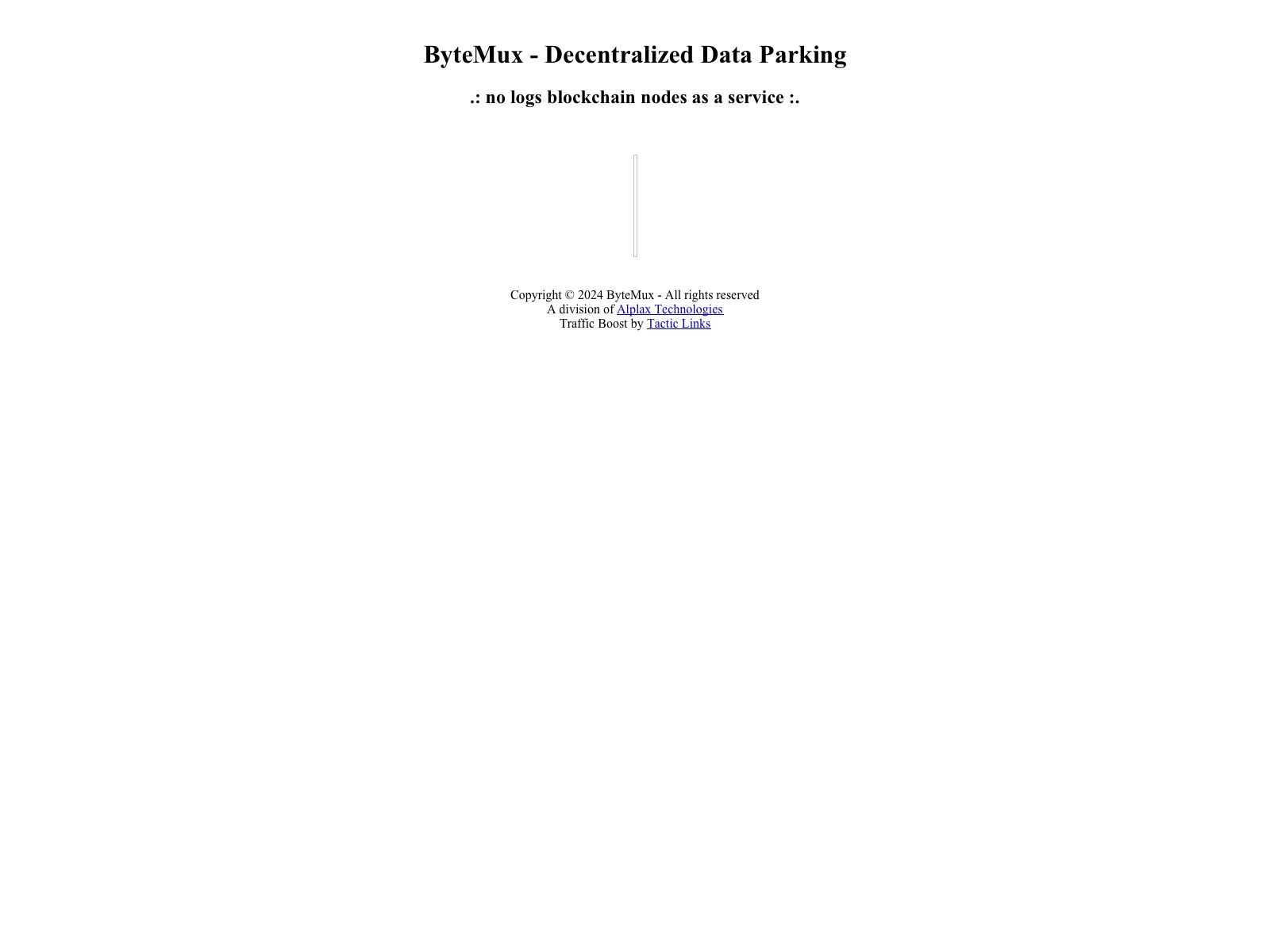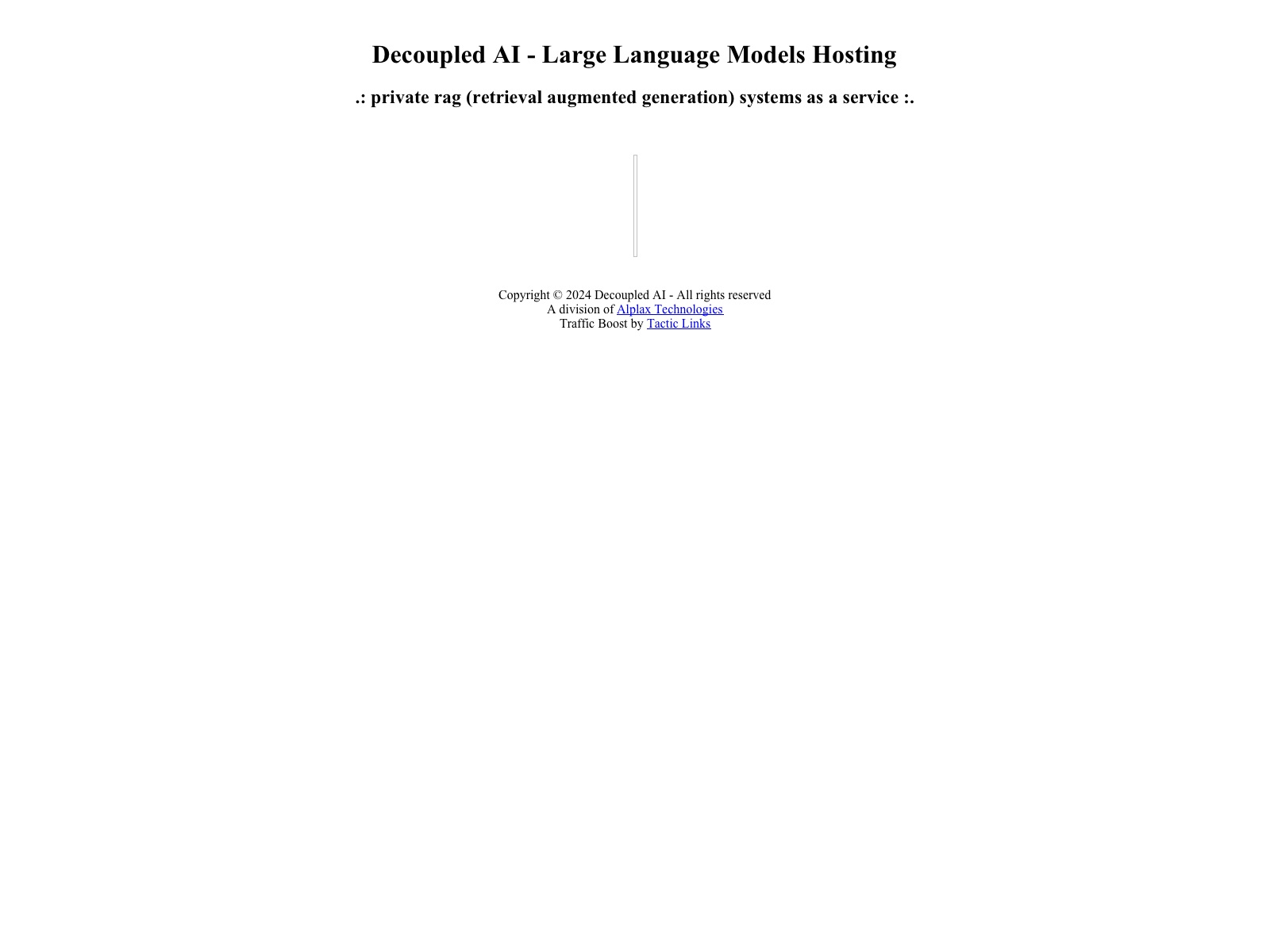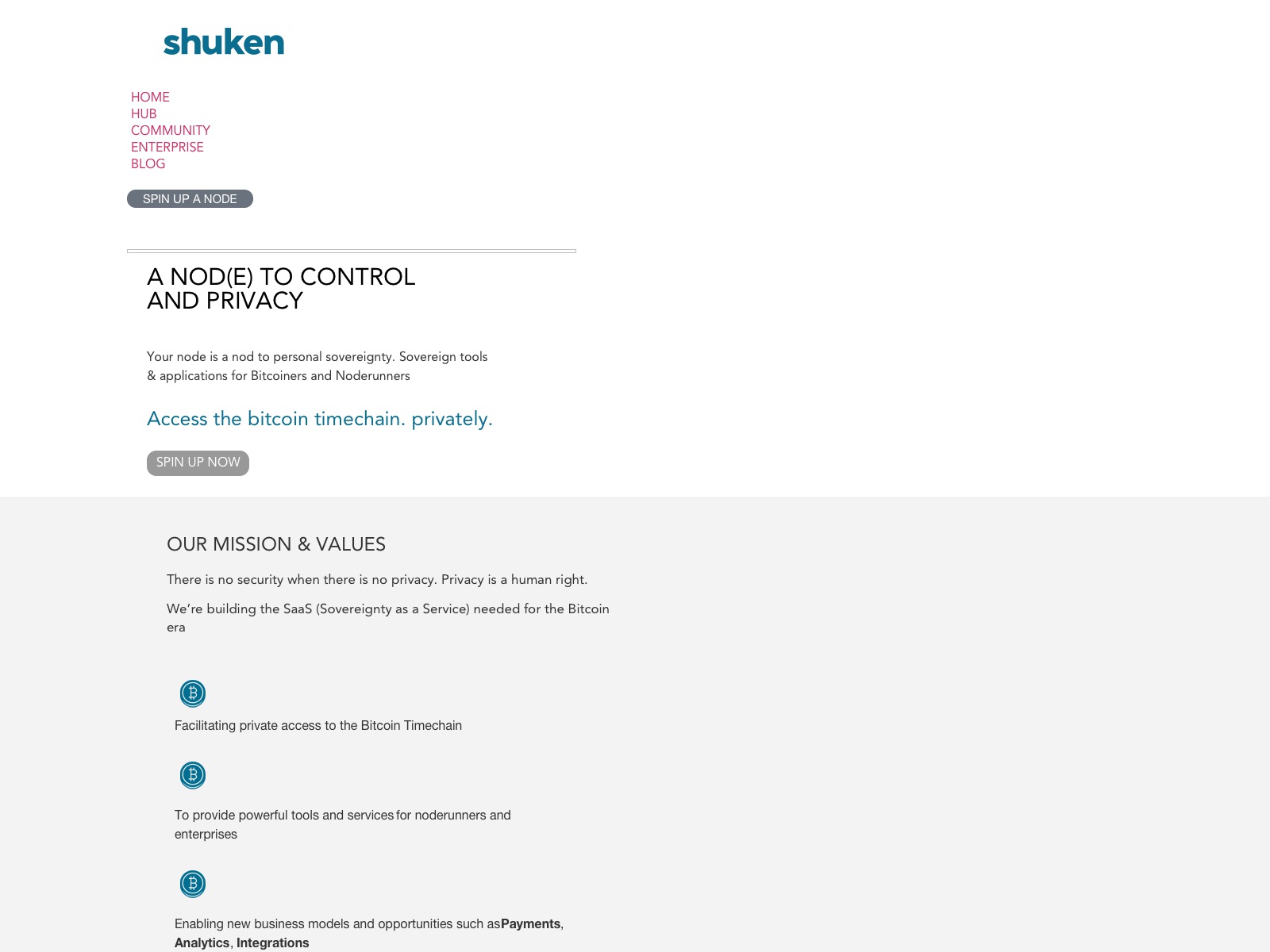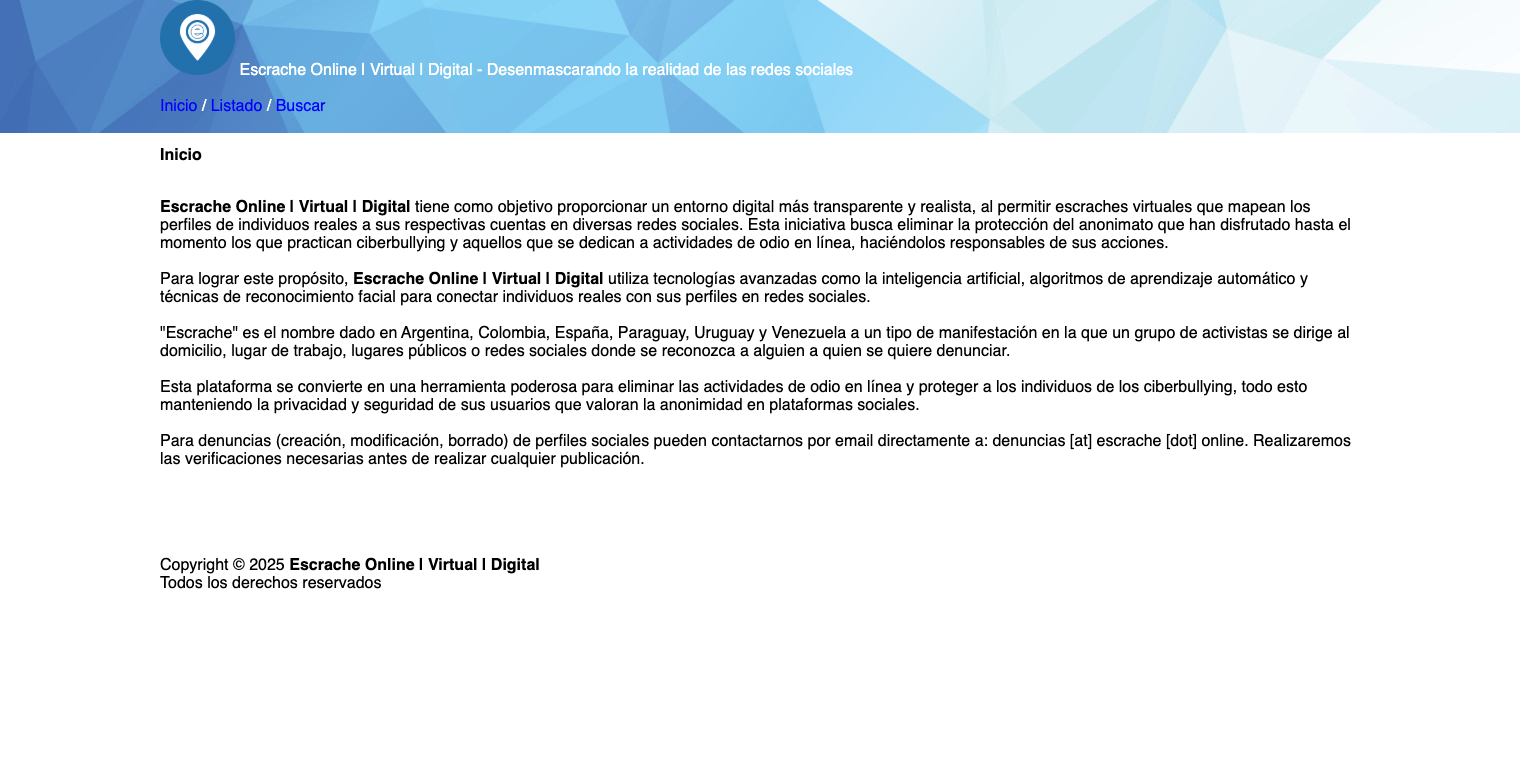Tactic Links - Organic Traffic Booster - Home
|
Path: Home > List > Load (linggandaquan.com) |
Home | About | List | Rankings | Search | Submit |
| domain | linggandaquan.com |
| summary | The website discusses a modern back-end management system designed to streamline and optimize software development processes. This system leverages contemporary technologies, such as microservices architecture, containerization (Docker), and orchestration tools (Kubernetes), to ensure scalability, reliability, and efficiency. Key features include: 1. Modular design: The back-end is broken down into smaller, independent services, making it easier to develop, test, and maintain individual components. This approach also allows for greater flexibility in scaling resources according to demand. 2. Containerization: Each service runs in its own container, ensuring consistency across development, testing, and production environments. This enhances portability and reduces the "it works on my machine" problem. 3. Orchestration with Kubernetes: The system employs Kubernetes for automating deployment, scaling, and management of containerized applications. It provides self-healing capabilities, enabling automatic recovery from failures, and efficient resource utilization. 4. Service Discovery & Load Balancing: Kubernetes intelligently distributes incoming network traffic across multiple instances of services, ensuring optimal use of resources and high availability. Service discovery allows components to find and communicate with each other seamlessly. 5. Data Management: The system supports various databases (e.g., MySQL, PostgreSQL) and data management tools, providing flexible options for storing and managing application data. Integrating these databases is made easier through container-native networking (CNI) plugins or dedicated service mesh solutions like Istio. 6. Monitoring & Logging: Built-in monitoring and logging capabilities help track the health, performance, and errors of individual services and overall system behavior. Tools such as Prometheus for metrics and ELK stack (Elasticsearch, Logstash, Kibana) stack can be integrated for effective monitoring. 7. CI/CD Integration: The back-end management system facilitates easy integration with popular CI/CD tools like Jenkins, GitLab CI, or CircleCI, enabling seamless automation of the development pipeline and continuous delivery. 8. Security: Incorporating security best practices at each layer (network, container, application), including encryption, role-based access control, and network policies, ensures a robust defense against potential threats. 9. Resilience & Fault Tolerance: The system employs techniques like circuit breakers, retries, and bulkheads to handle failures gracefully, ensuring that the overall service remains available even in case of individual component failures. 10. Extensibility: Designed with extensibility in mind, developers can add new features or integrate third-party services without disrupting the existing architecture. The use of APIs and microservices facilitates this modular approach. In summary, a modern back-end management system combines contemporary technologies like containerization, orchestration (Kubernetes), microservices architecture, service discovery, and monitoring tools to provide a scalable, reliable, efficient, and maintainable software infrastructure for applications. |
| title | AI |
| description | A Modern Back-end Management System |
| keywords | |
| upstreams | |
| downstreams | |
| nslookup | A 120.27.225.99 |
| created | 2025-11-11 |
| updated | 2025-11-11 |
| summarized | None |
|
HIGHSPOTS | |
 tacticlinks.com | |
 whimed.com | |
 bytemux.io | |
 cluebit.com | |
 decoupled.ai | |
 3e9.me | |
 shuken.io | |
 greenpeace.org | |
 escrache.org |
Traffic Boost by Tactic Links
[took: 9167 ms]